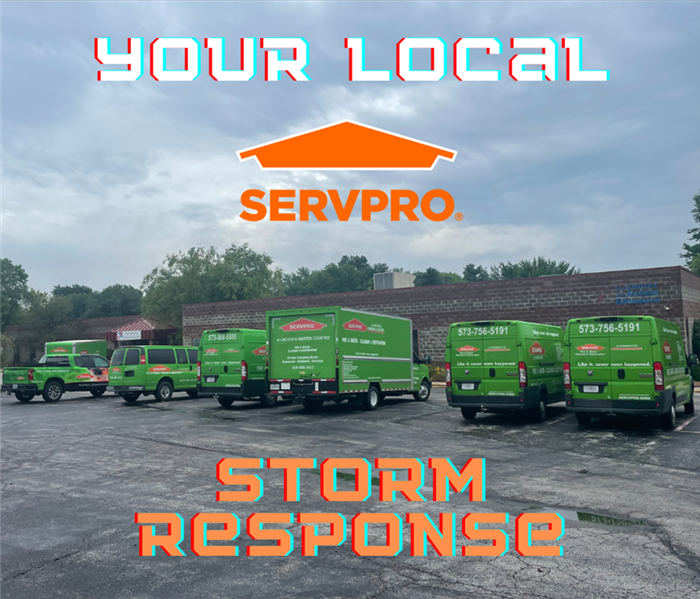Why Every Business Needs an Emergency Plan for Water and Fire Damage
5/29/2024 (Permalink)
In the fast-paced business world, being prepared for unexpected emergencies is not just prudent—it's essential. Water and fire damage are among the most devastating events that can strike a business. These disasters can occur without warning and have catastrophic consequences for unprepared businesses.
If you own commercial real estate or work as a facilities manager or property manager, pay close attention. An emergency plan for water and fire damage is crucial.
Protecting Lives and Ensuring Safety
The foremost priority in any emergency is the safety of employees, customers, and visitors. A well-crafted emergency plan outlines clear evacuation procedures and safety protocols, reducing the risk of injuries and fatalities.
In the chaos of a fire or flooding, a structured response can mean the difference between a controlled evacuation and a disastrous outcome.
Minimizing Property Damage
Water and fire can wreak havoc on business premises, destroying everything from the building to vital equipment and inventory.
An emergency plan helps mitigate damage by specifying actions like shutting off water mains, using fire extinguishers, and protecting critical assets. Quick, informed responses can significantly reduce the extent of damage.
Ensuring Business Continuity
Disasters don’t just destroy physical assets—they can also bring business operations to a grinding halt.
An emergency plan includes contingencies for maintaining operations or swiftly resuming them post-incident. This might involve data backups, alternative work sites, and communication strategies to keep the business running despite the disruption.
Legal and Financial Safeguards
Compliance with local regulations often requires businesses to have emergency plans in place. Failing to comply can result in hefty fines and legal repercussions.
Moreover, many insurance policies mandate an emergency plan as a condition for coverage. Without it, businesses might face denied claims or increased premiums, exacerbating the financial fallout from a disaster.
Preserving Reputation and Trust
A business’s response to an emergency speaks volumes about its commitment to safety and reliability. A poorly handled incident can damage a company’s reputation, eroding customer trust and employee confidence.
Conversely, a well-executed emergency plan demonstrates professionalism and care, reinforcing stakeholder trust and loyalty.
Practical Steps for Developing an Emergency Plan
- Risk Assessment: Identify potential risks specific to your business location and industry.
- Evacuation Procedures: Establish clear, practiced evacuation routes and protocols.
- Communication Plan: Ensure effective communication channels for alerting staff and coordinating emergency services.
- Training and Drills: Train employees on emergency procedures and conduct drills to ensure preparedness.
- Review and Update: Periodically review and update the emergency plan to address new risks and changes in the business environment.
Conclusion
No business is immune to the threats of water and fire damage, but being unprepared can amplify the impact of these disasters.
An emergency plan is not just a regulatory requirement—it's a strategic asset that protects lives, minimizes losses, and ensures business resilience.
Investing time and resources into developing and maintaining an emergency plan is a critical step every business should take to safeguard its future.
By prioritizing emergency preparedness, businesses can confidently and competently navigate the challenges of water and fire damage, ensuring a swift recovery.



 24/7 Emergency Service
24/7 Emergency Service
